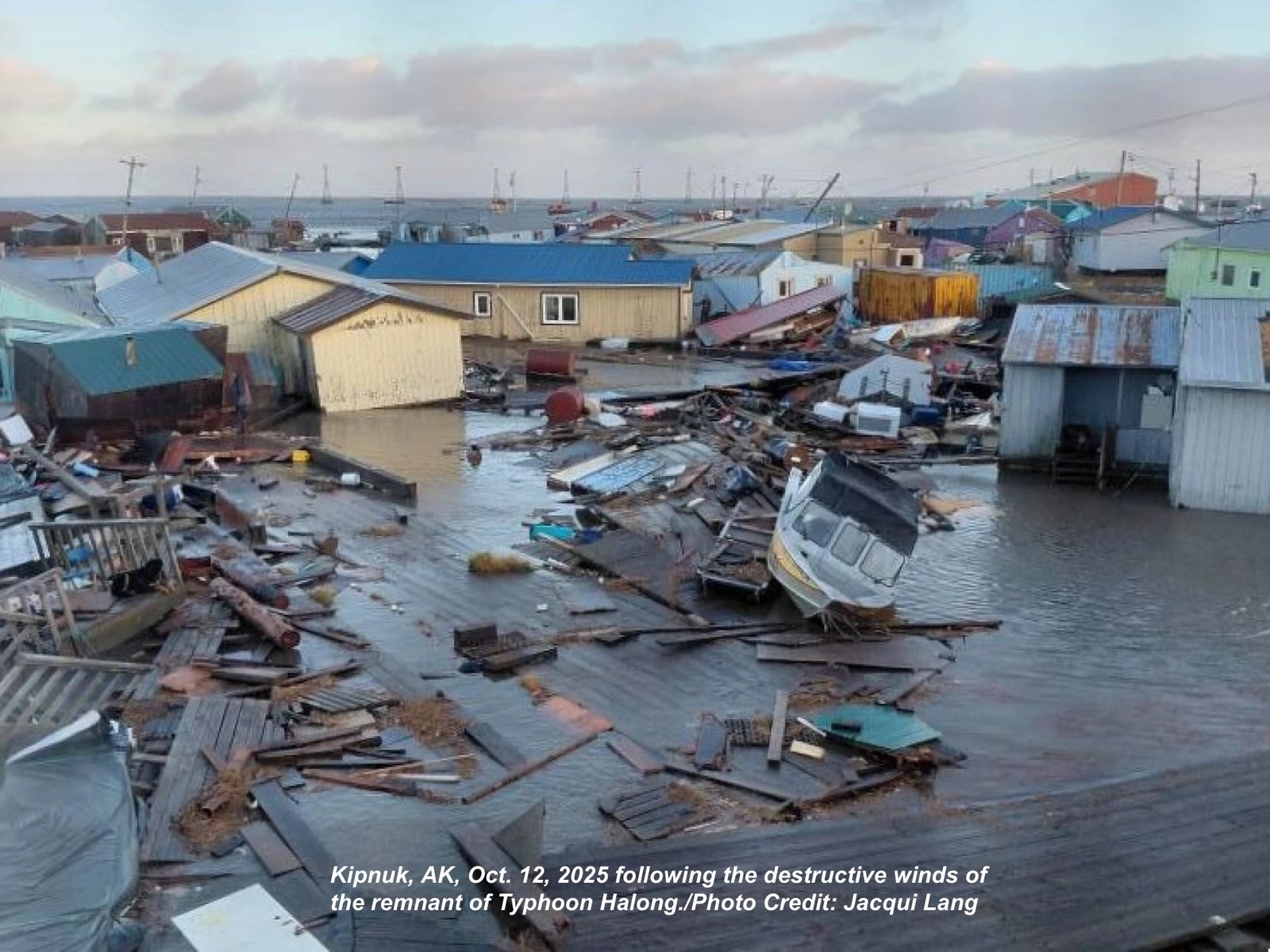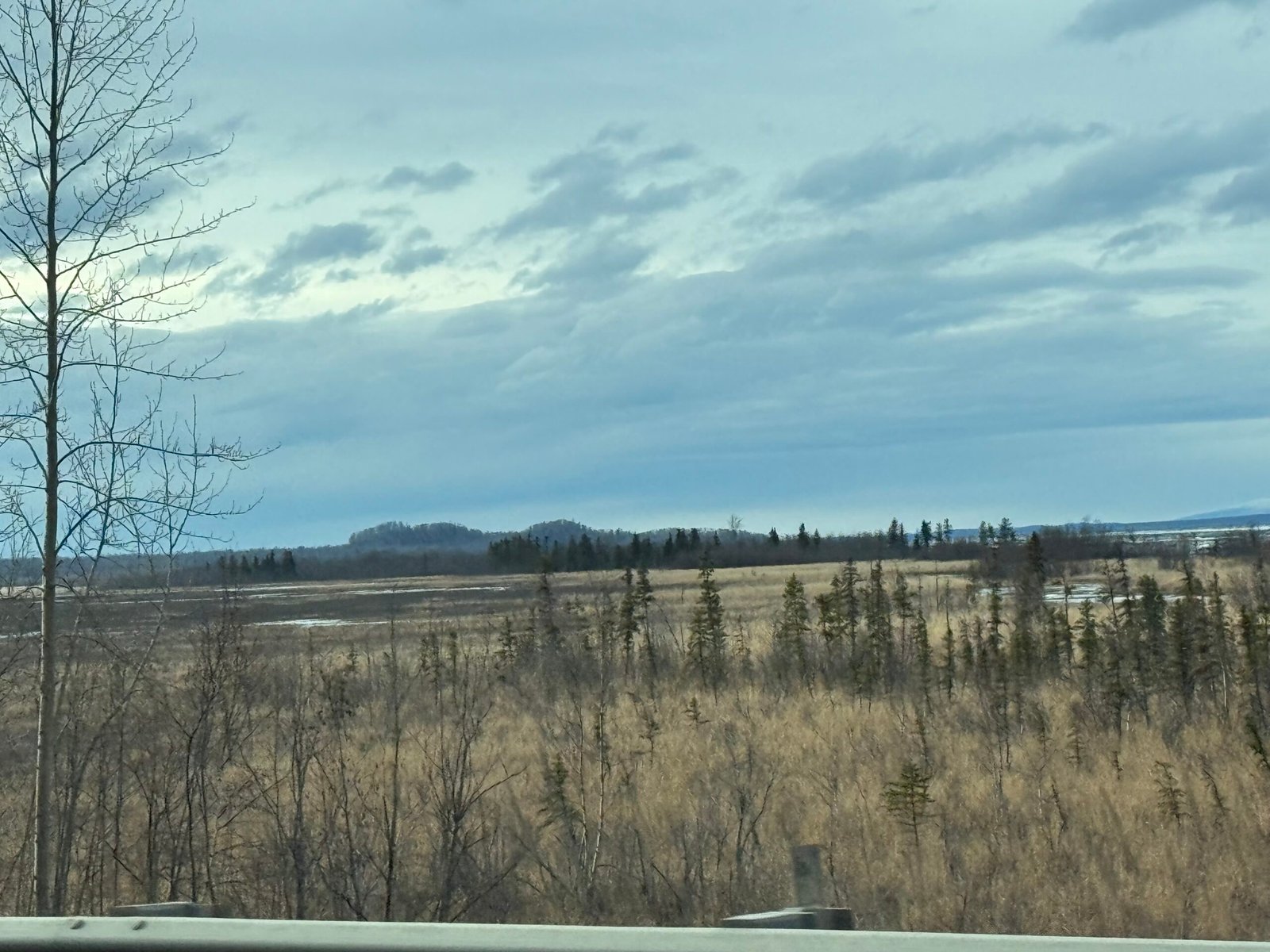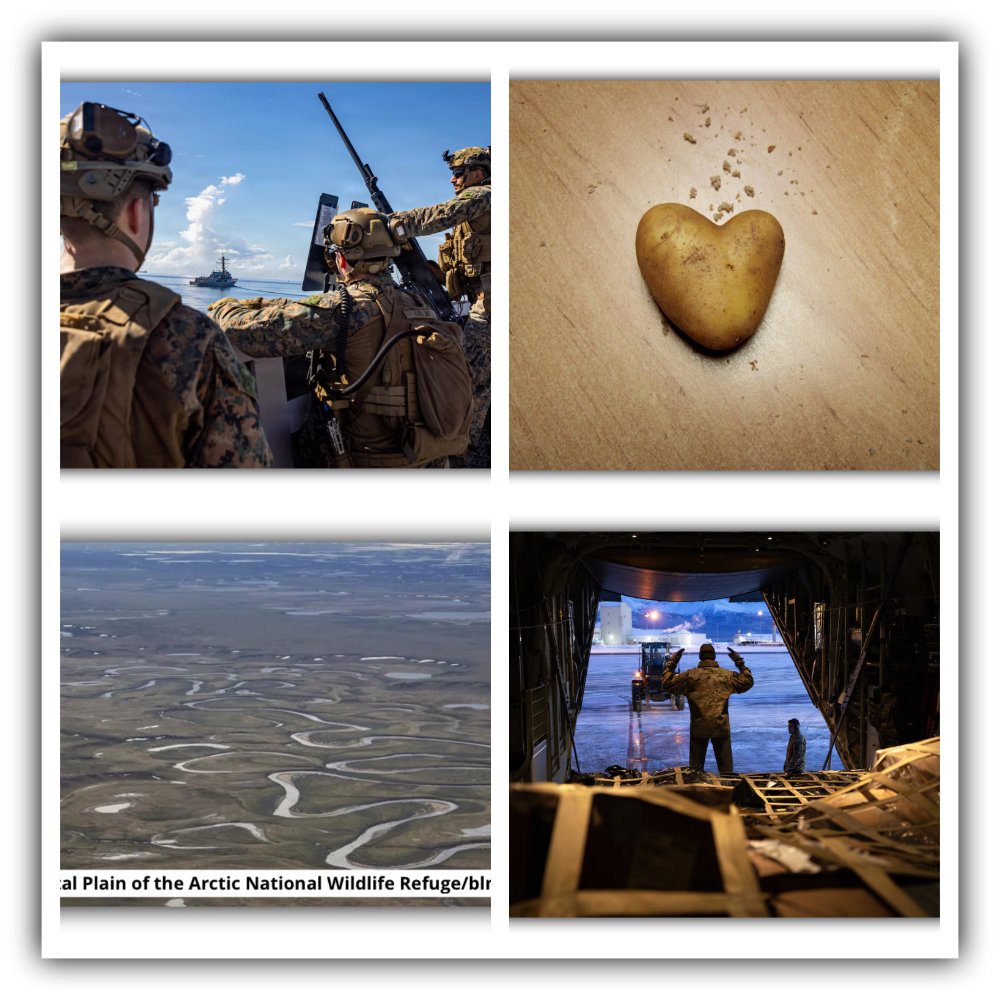By Gina Hill | Alaska Headline Living | October 2025
KIPNUK / KWIGILLINGOK – Two powerful storms over the past two weeks, including the remnants of Typhoon Halong, slammed Alaska’s western coast with punishing winds, record storm surge and coastal flooding that swept homes off foundations and left entire villages uninhabitable. Emergency crews launched one of the largest airlift evacuations in recent state history as residents were pulled to Bethel and Anchorage for shelter, medical care and safety before freezing weather sets in. AP News+1
What happened, in short
The storms produced extraordinary storm surge and gusts (reported in some accounts at hurricane-force levels), inundating low-lying communities across the Yukon–Kuskokwim Delta. Photos and on-the-ground reporting show whole neighborhoods under water or missing where houses were washed into the sea. Local officials say hundreds, and by some estimates more than a thousand, people were displaced; at least one death and several missing persons have been reported. Emergency shelters in Bethel and Anchorage quickly filled as evacuees were flown out. The Guardian+2Alaska Beacon+2
Why authorities moved people now … winter is incoming
Getting people out before winter isn’t just prudent. It’s essential:
- Homes and utilities are already damaged or gone. Many houses are uninhabitable; with winter temperatures dropping below freezing, remaining in compromised structures risks hypothermia, carbon-monoxide incidents from improvised heating, and worse.
- Transport and supply lines will become harder. Once sea ice begins forming and weather grows routinely severe, flying or barging large volumes of supplies and equipment becomes far more complicated and expensive. Evacuations now allow staging of shelter, medical care and logistics while daylight and weather windows still permit transport.
- Public health and sanitation. Flooding contaminates water and sanitation systems. Before winter, there’s time to set up temporary housing and medical services to prevent outbreaks and treat injuries. Emergency shelters have been stood up with food and healthcare on site. American Red Cross+1
Immediate response: how people are being moved and sheltered
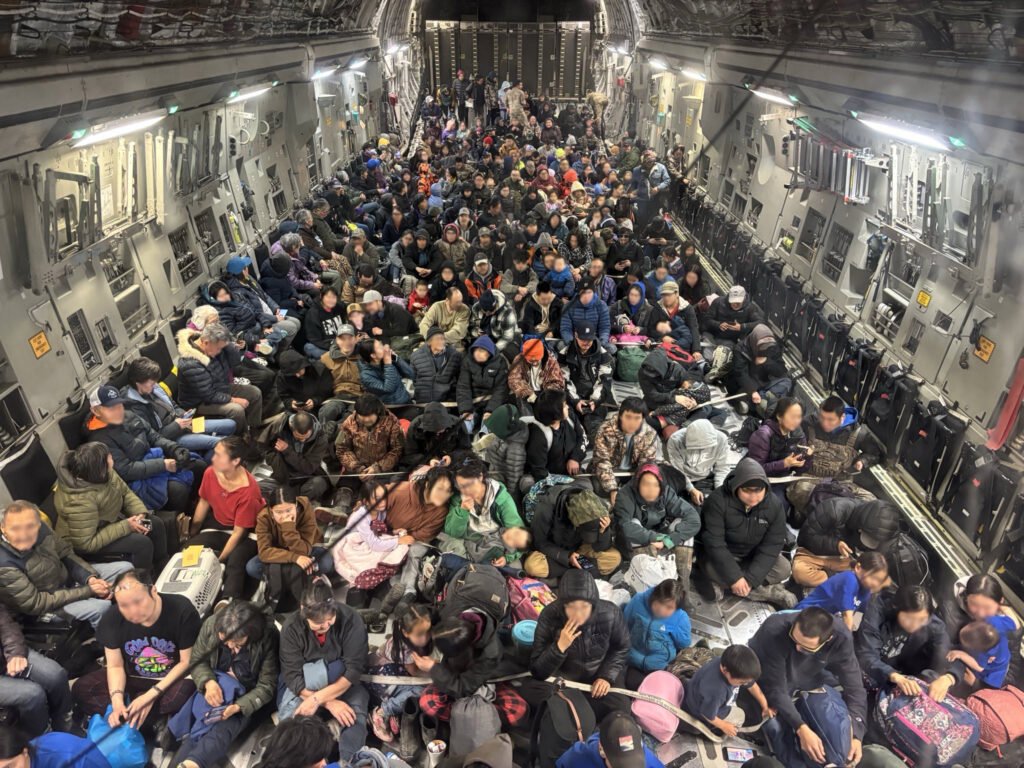
This photo was altered for privacy purposes by blurring out faces.
State and federal assets, including Alaska’s National Guard, military transport aircraft and civilian air carriers moved evacuees to larger hubs. Shelters in Bethel and a large facility at the Alaska Airlines Center in Anchorage were readied to receive hundreds; the Red Cross, state agencies and local nonprofits mobilized food, medical care and casework to register displaced families. FEMA says thousands of households have begun receiving short-term disaster assistance. AP News+1
The long, hard road to recovery
Rebuilding these coastal villages will not be quick or cheap. Recovery will likely proceed along several tracks:
- Emergency housing and basic needs (short term). Federal disaster assistance and charitable aid pay for temporary housing, emergency repairs and immediate living costs. FEMA’s Individual Assistance and state relief funds are first-line supports. FEMA+1
- Public infrastructure repair (medium term). Roads, water systems, power and community facilities must be repaired or rebuilt. Those projects typically use a mix of FEMA Public Assistance funds and state grants, subject to eligibility and paperwork — a slow process that can take months to years. Ready Alaska
- Mitigation and resilience funding (long term). Some communities may pursue hazard-mitigation grants (FEMA’s HMGP and state programs) to harden or relocate vulnerable infrastructure — seawalls, raised buildings, or even community relocation in extreme cases. Prior mitigation funding decisions matter: reporting notes that canceled or reduced grants in recent years left some places more vulnerable. Securing mitigation money is competitive and often political. AP News+1
- Economic and cultural recovery. Many residents depend on subsistence hunting, fishing and local businesses. Loss of boats, smokehouses, community stores and cultural sites damages both livelihoods and ways of life. Recovery must include culturally informed plans and sustained funding so communities can resume subsistence patterns and local economies.
Barriers and realities
- Logistics and cost: Everything must be flown or barged in … heavy equipment, building materials, fuel … making reconstruction expensive.
- Insurance and legal limits: Many homes in remote Alaska lack flood insurance or have limited coverage; federal programs can help, but gaps will leave households paying out-of-pocket.
- Climate trend: Warmer ocean temperatures and thawing permafrost increase coastal vulnerability, meaning such events could become more frequent unless large-scale mitigation and adaptation receive funding.
What communities and donors can do now
- Support evacuees directly. Cash donations to vetted funds (Alaska Community Foundation’s Western Alaska Disaster Relief Fund, Red Cross, Salvation Army) are the fastest way to help families. American Red Cross
- Volunteer and donate through official channels. If donating goods, use approved drop-off sites to ensure supplies are packed and staged for airlift, airlines, shelters and local nonprofit partners are coordinating logistics. (Check carrier and nonprofit social pages for updates.)
- Advocate for long-term resilience investments. Recovery will only be sustainable if federal, state and tribal partners commit to mitigation funding, infrastructure redesign, and community-led relocation where necessary. The crisis highlights that short-term relief must be paired with long-term planning.
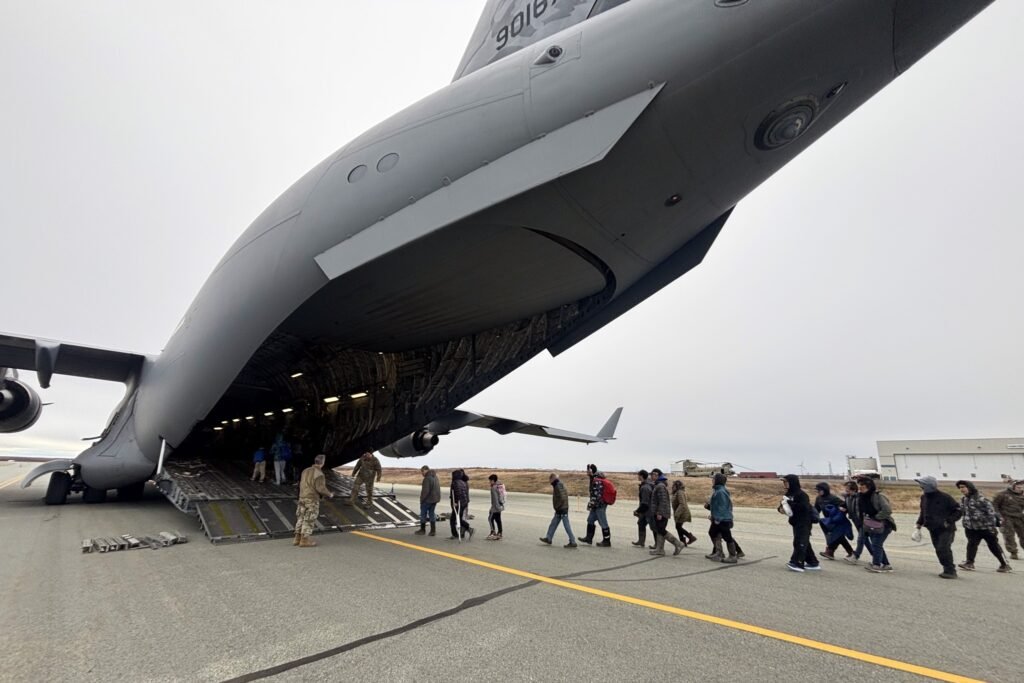
The scenes from Kipnuk and Kwigillingok … families boarding aircraft, schools and gymnasiums converted into emergency shelters, homes missing from their lots … are stark. Getting people to safety while transport windows and resources remain available buys time for care and planning. But the path to put these communities back together will be long, costly and deeply tied to larger decisions about funding resilience in a changing Arctic.

